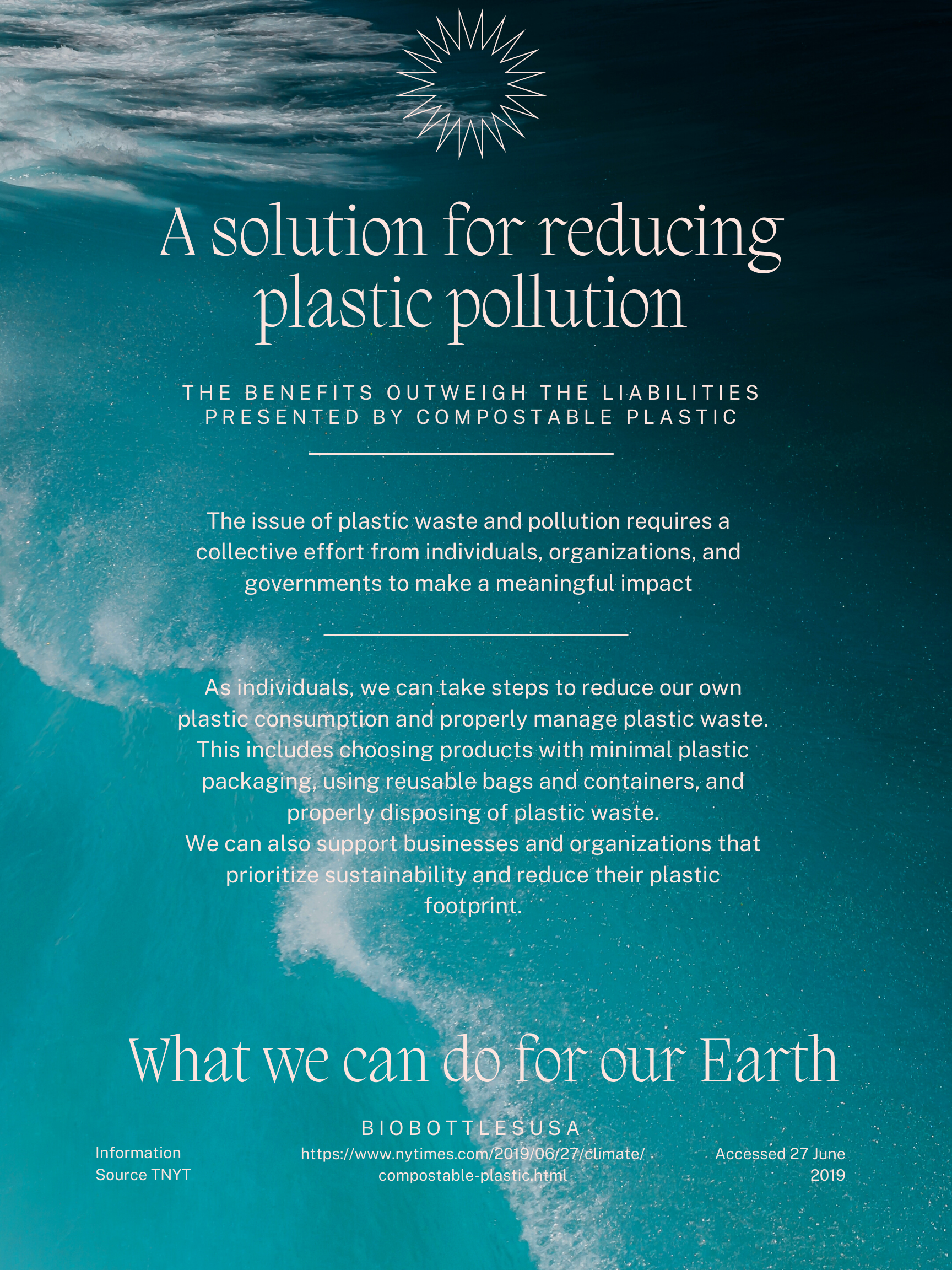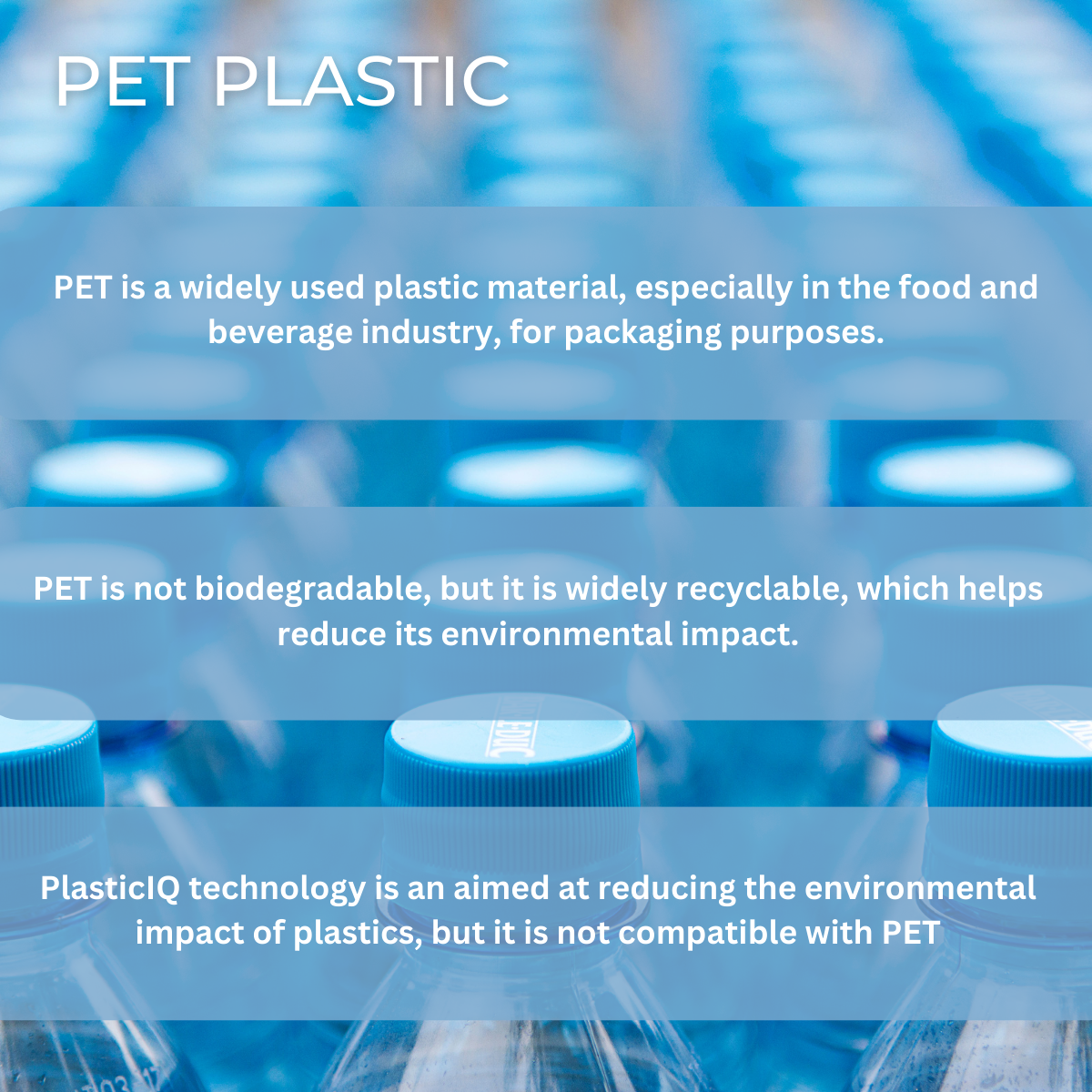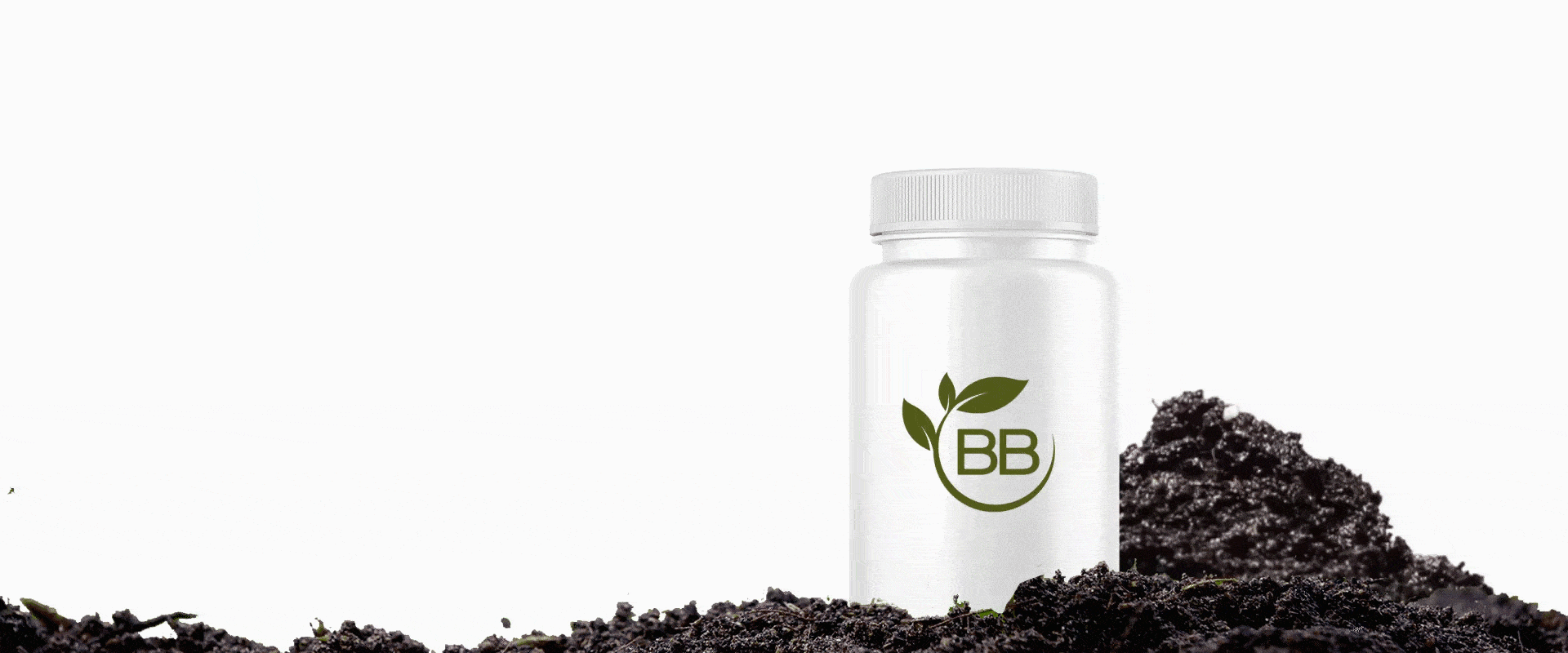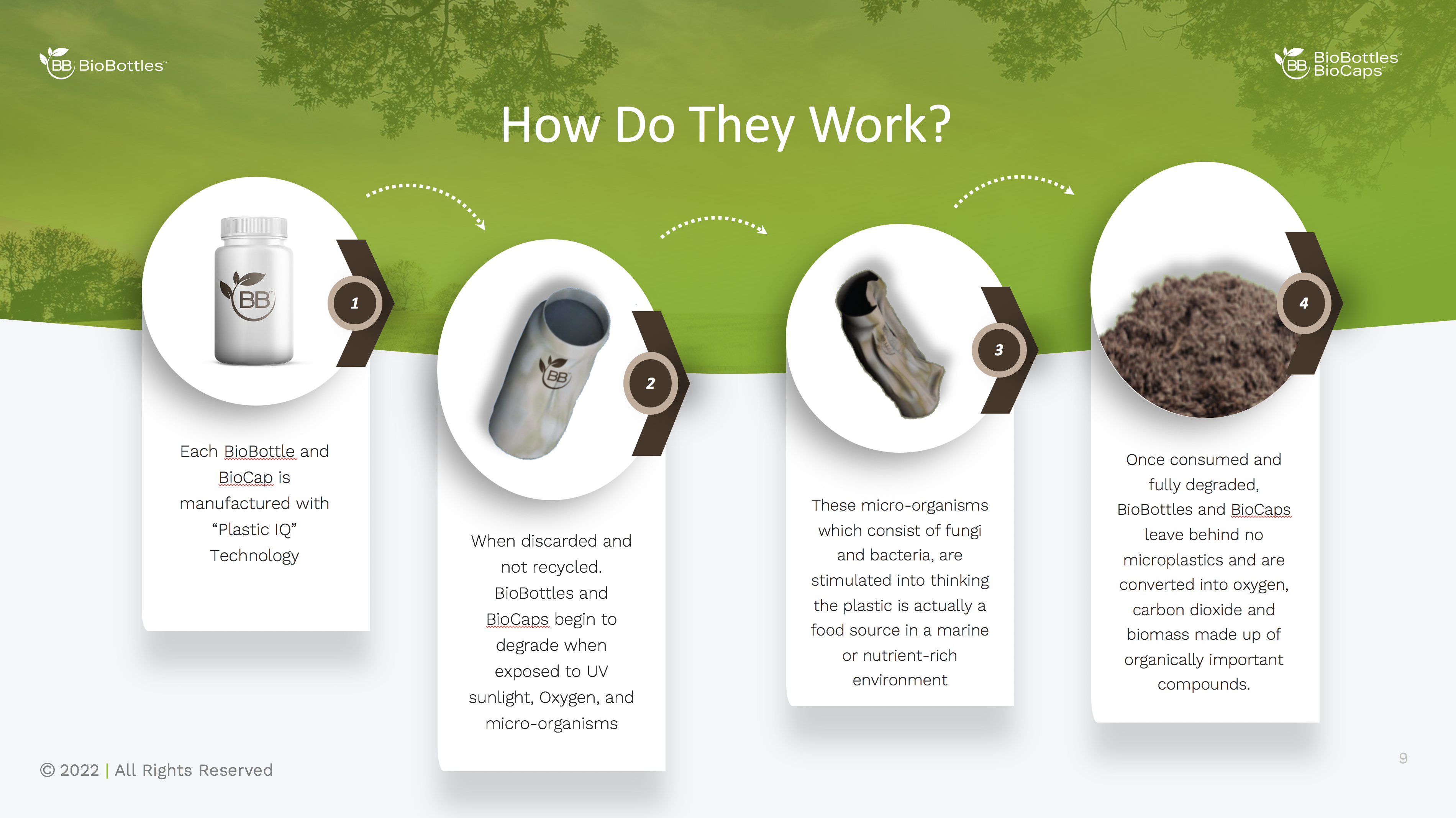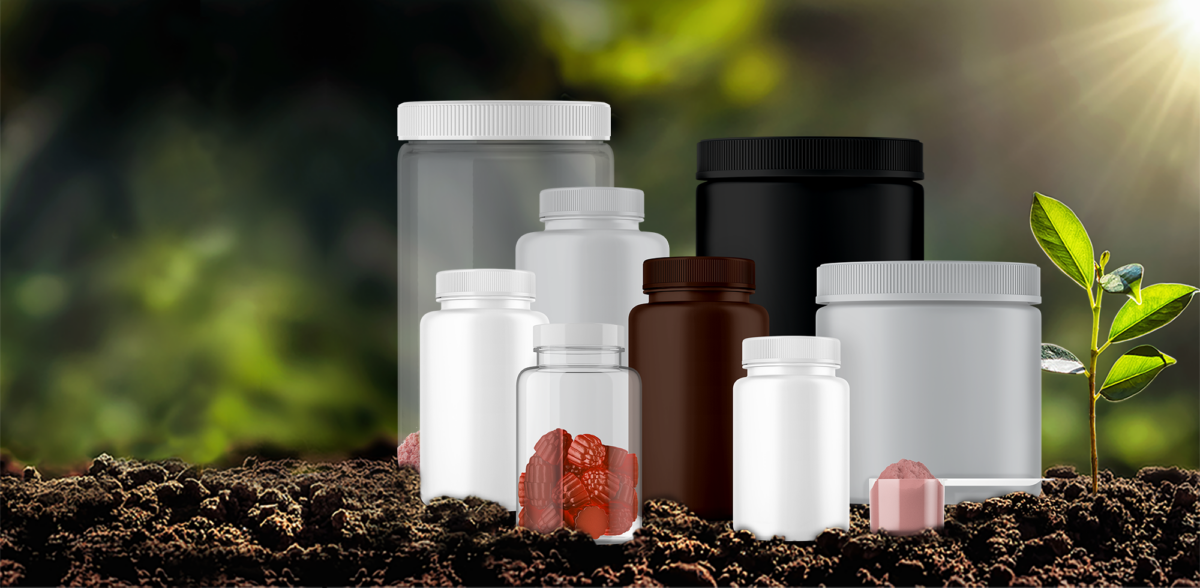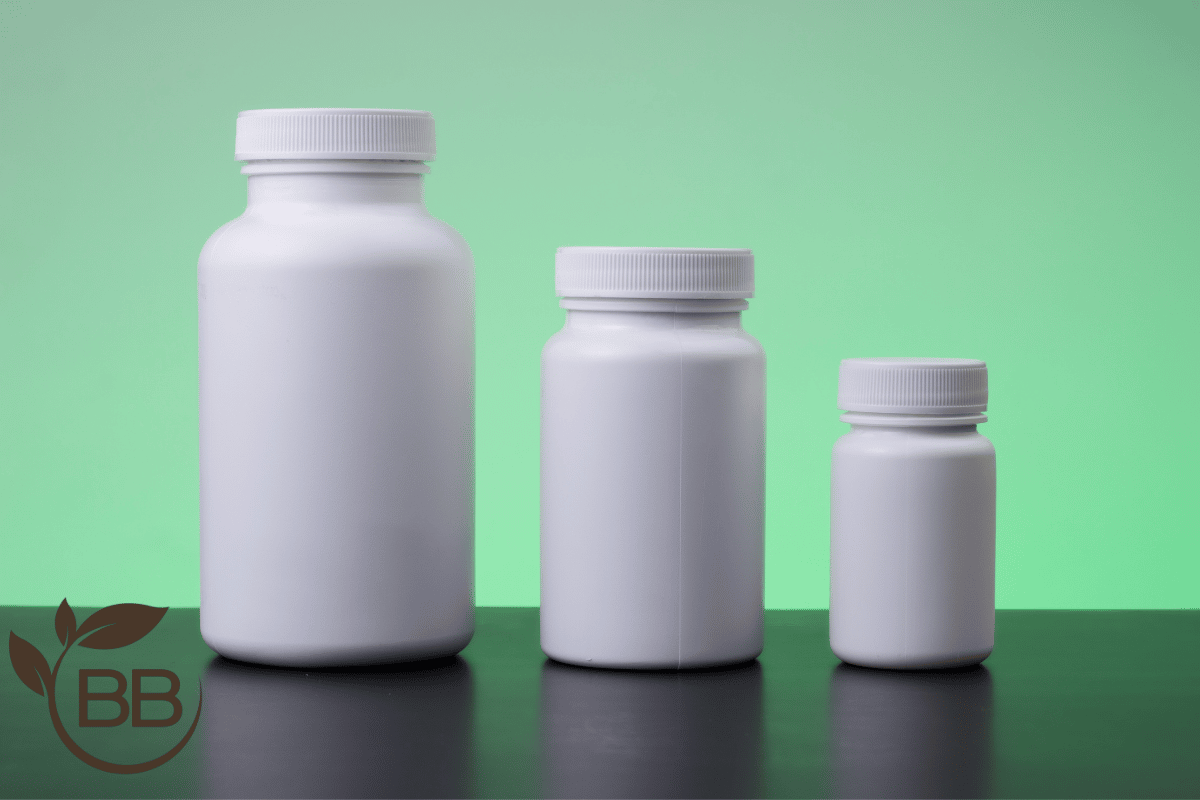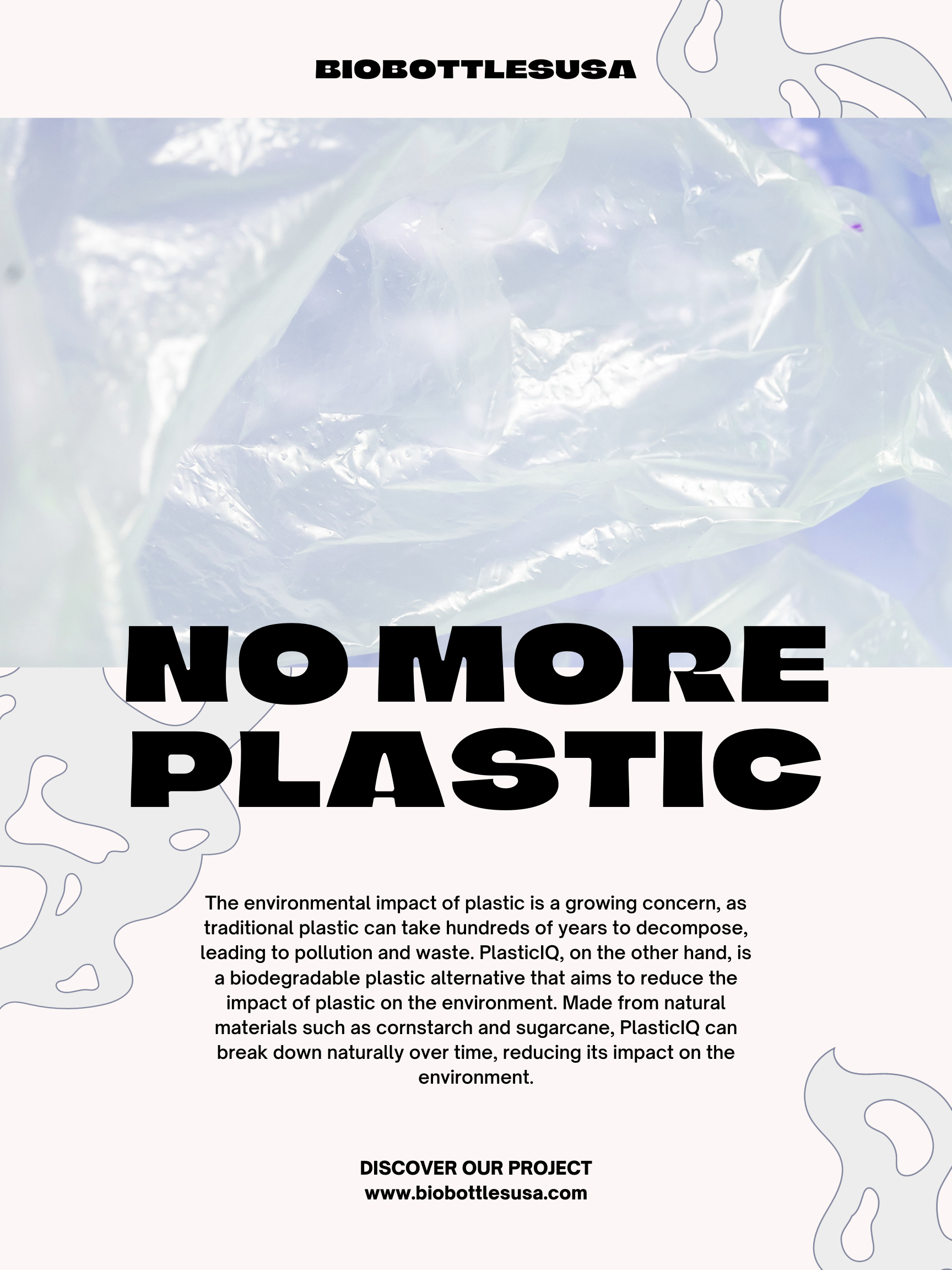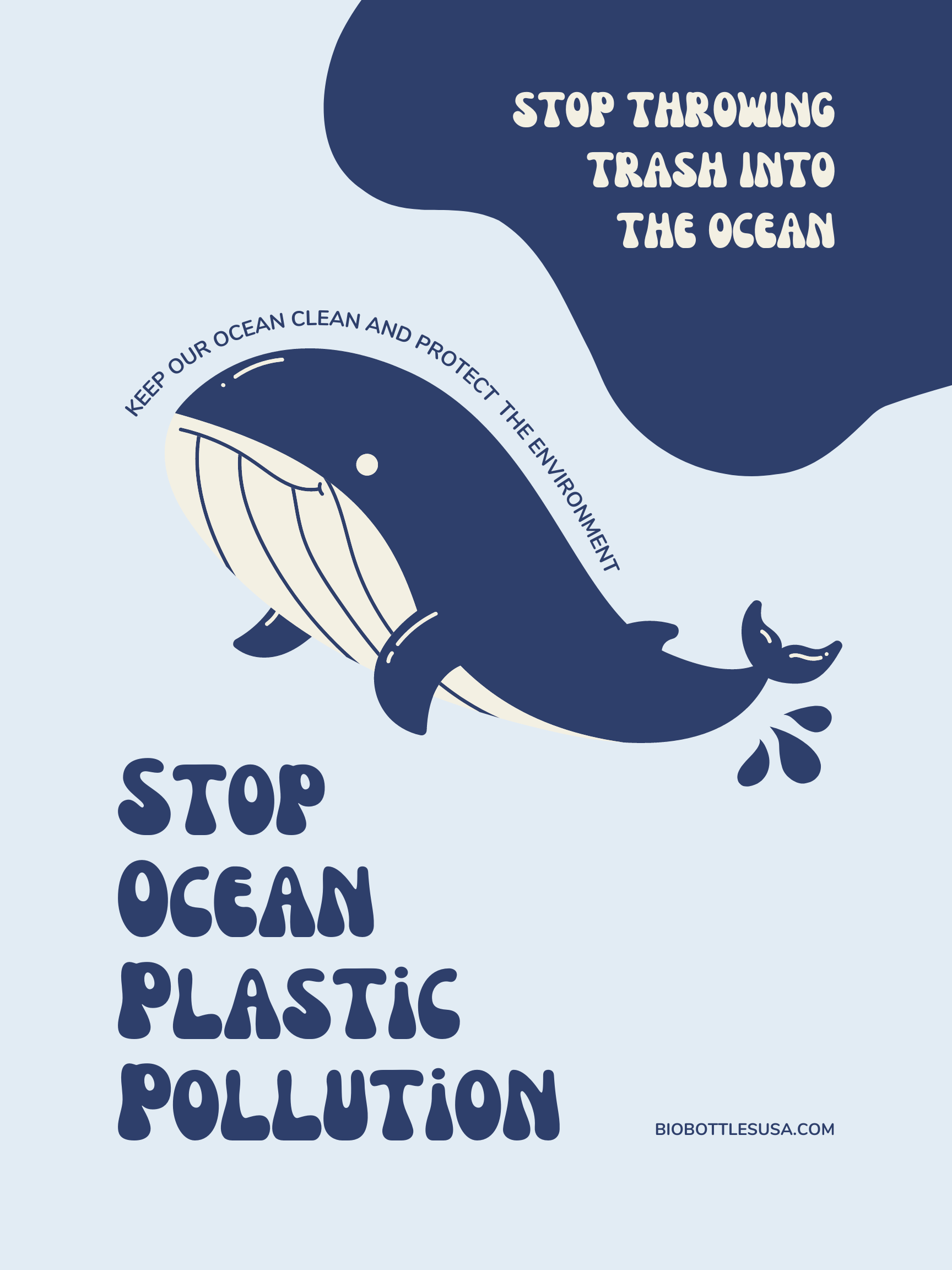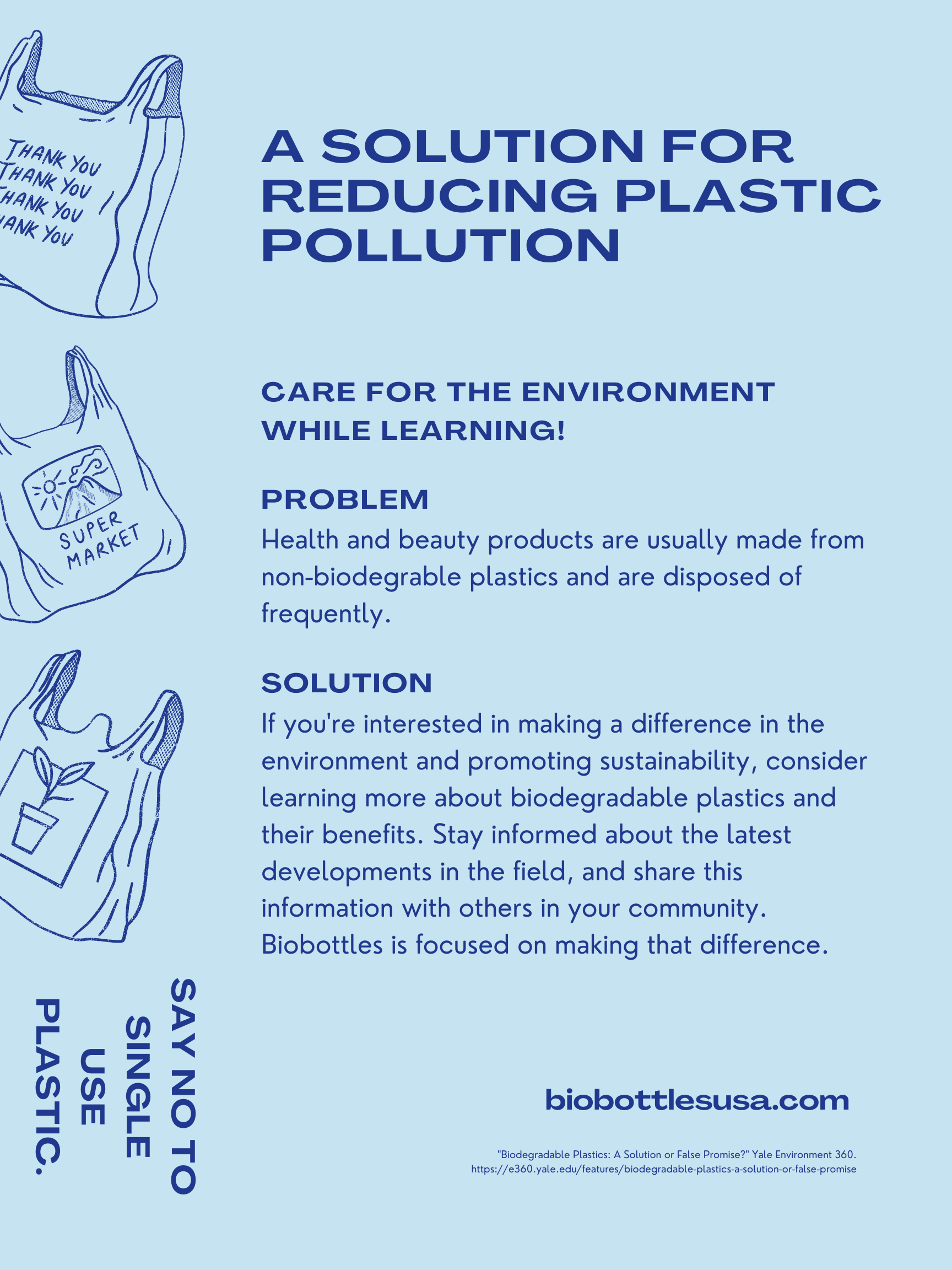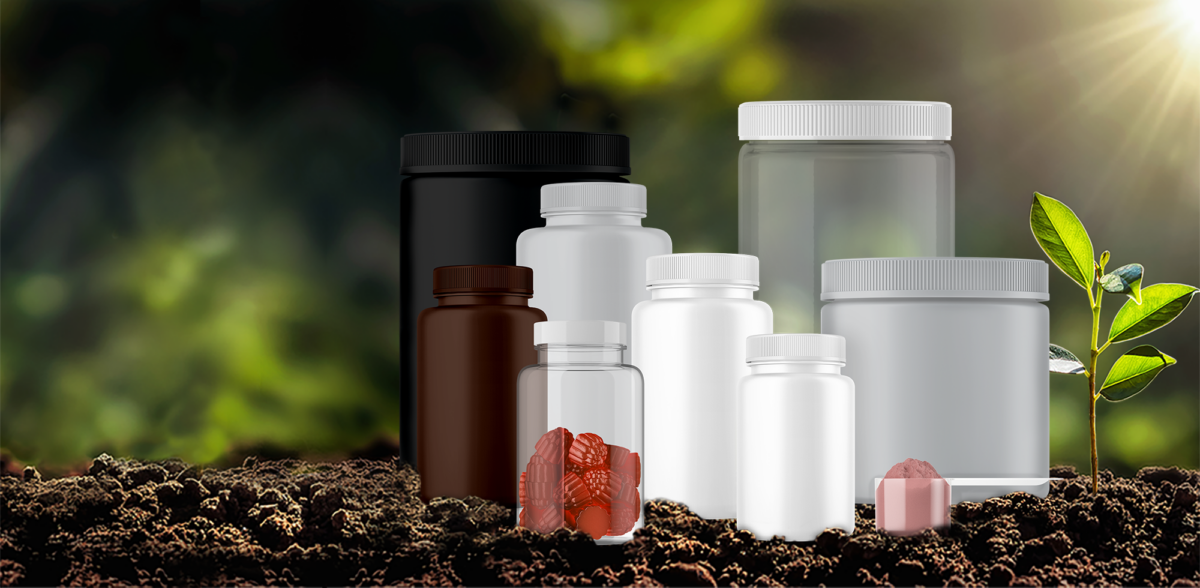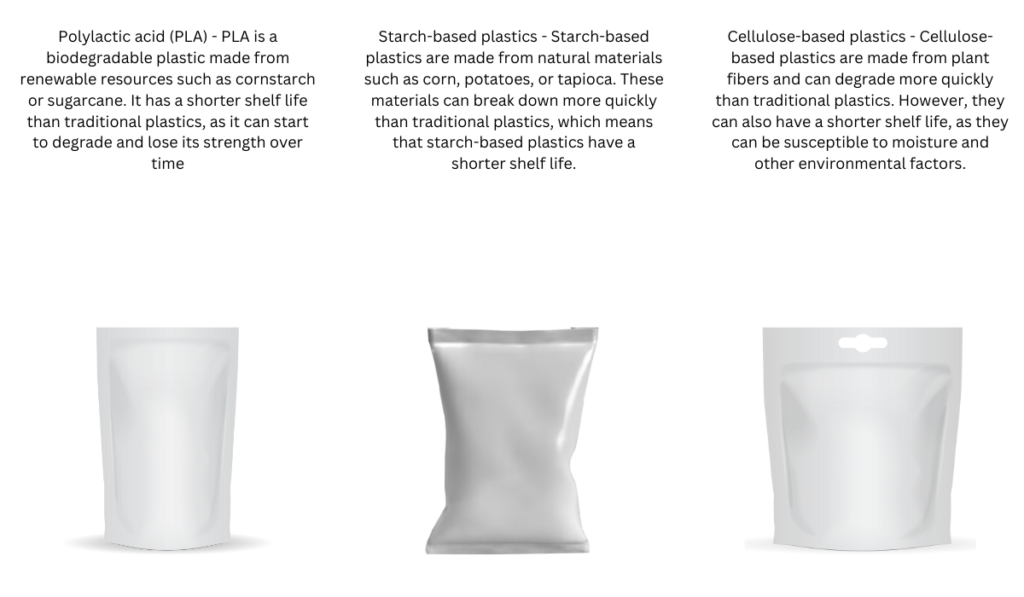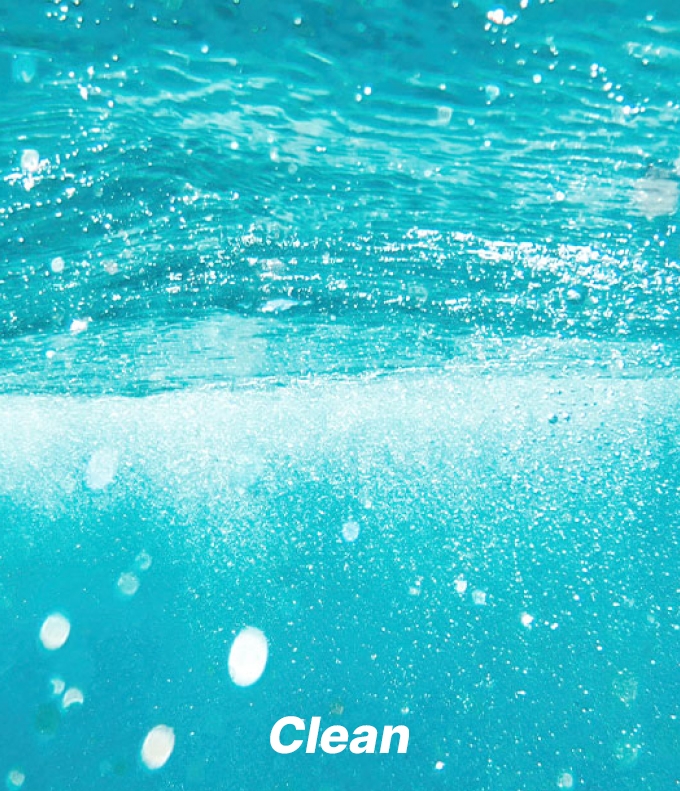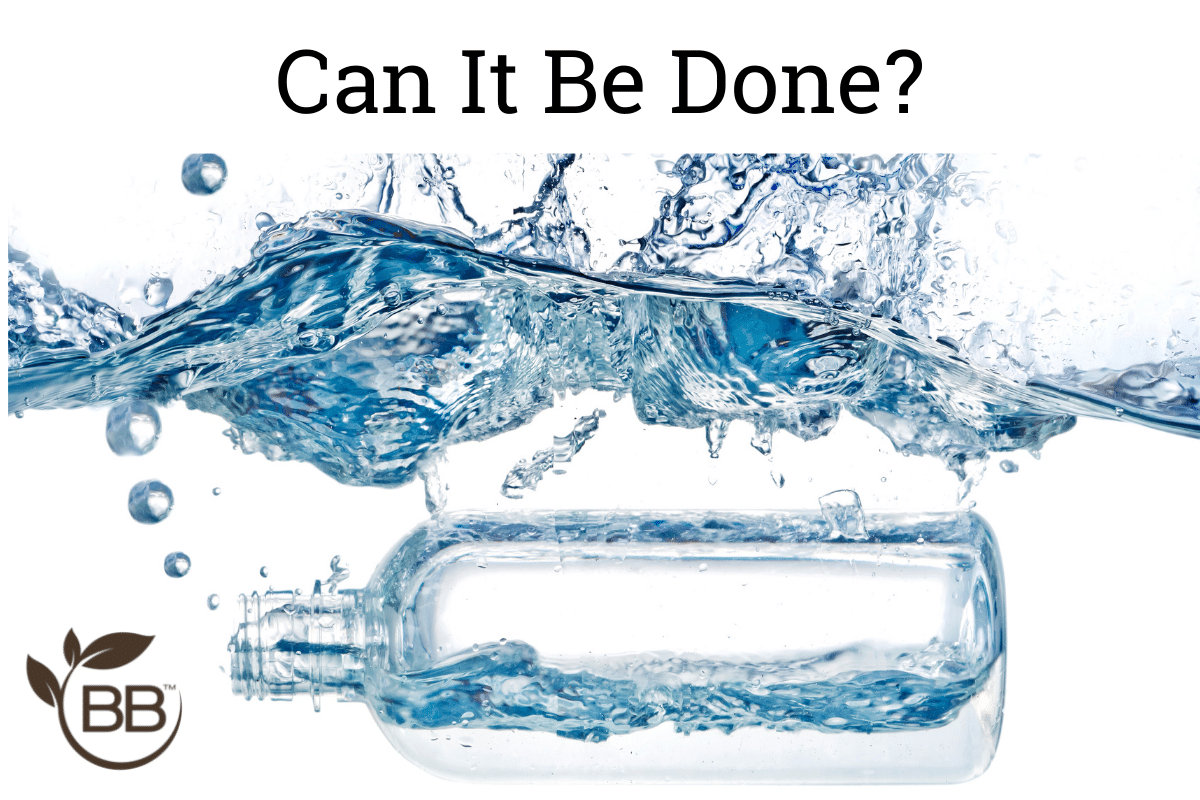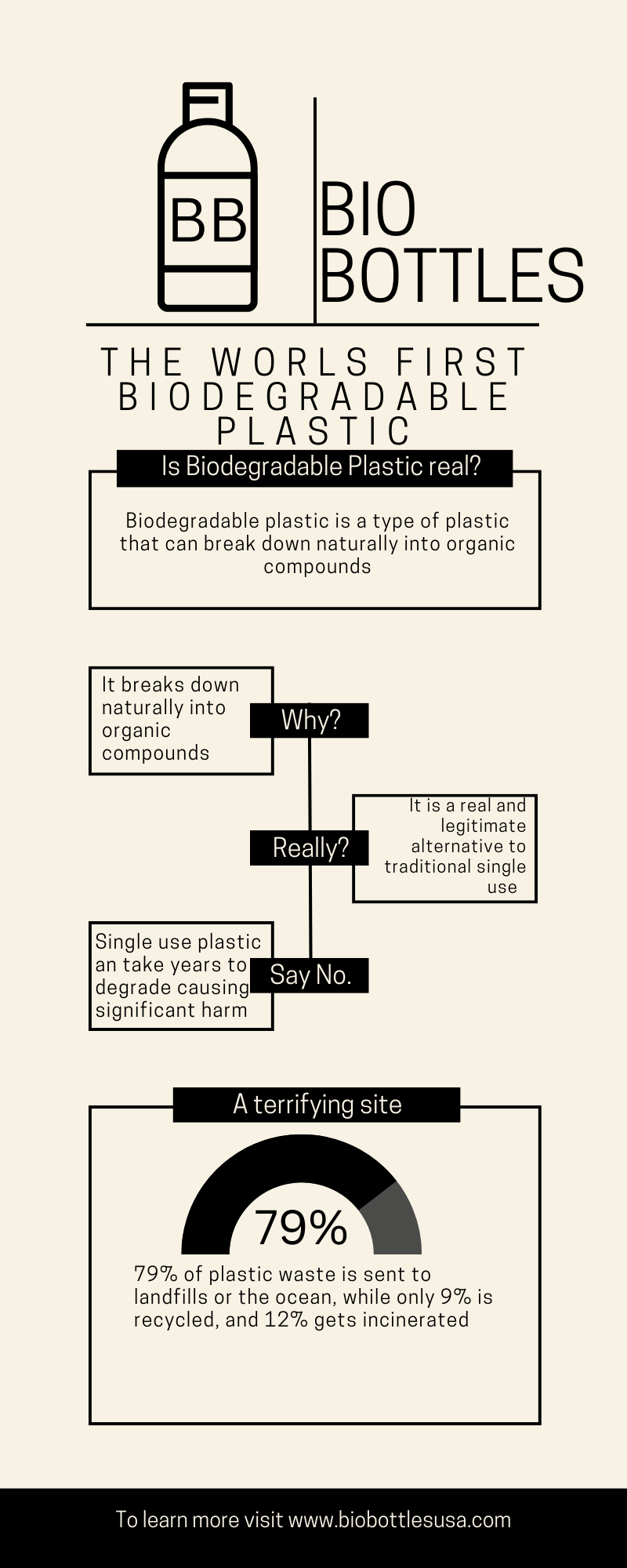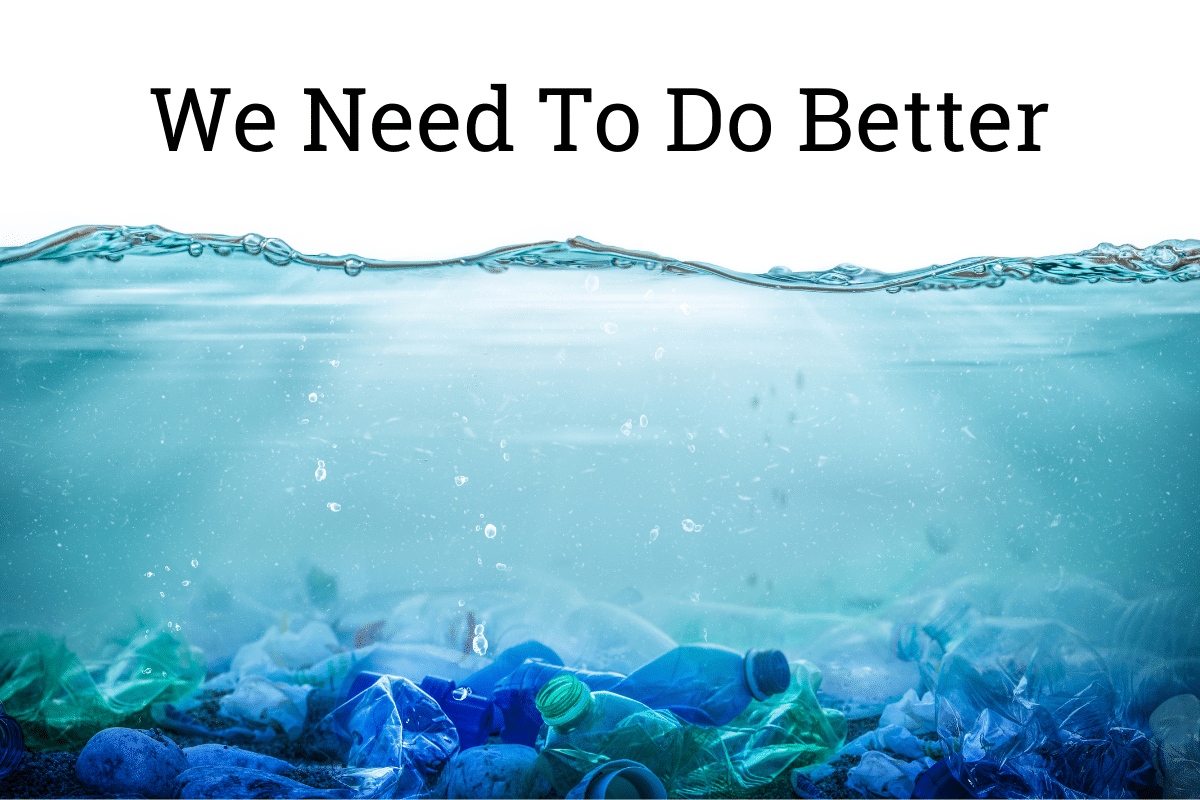Plastic waste has become a significant environmental problem, with millions of tons of plastic ending up in landfills and oceans yearly. In response, there has been growing interest in compostable plastics as a more sustainable alternative to traditional plastics. These plastics are designed to break down into compost under specific conditions, which makes them an attractive solution to reducing plastic waste and pollution.
However, compostable plastics have some limitations that must be considered to avoid unintended consequences. For instance, not all plastics are created equal and require specific conditions to break down properly. Additionally, these plastics are not necessarily a complete solution to reducing plastic waste and pollution. It’s important to remember that reducing the amount of plastic waste generated in the first place and improving waste management infrastructure are also critical strategies to address the challenges of plastic waste and pollution.
This article will explore the limitations of the above-mentioned plastics, including the conditions they require for proper breakdown, their limited availability and disposal, and the broader context of plastic waste reduction. By understanding these limitations, we can make informed decisions about how to properly manage compostable plastics and make progress toward a more sustainable and resilient future.
Conditions for a breakdown Compostable Plastics
One of the key limitations of mentioned plastics is that they require specific conditions to break down properly. While some compostable plastics may break down in backyard composting systems, they generally require high temperatures, moisture, and oxygen to break down fully. Backyard composting systems usually don’t reach the high temperatures needed to break down completely. As a result, these plastics may break down into small pieces that could contaminate the soil and harm plants. Compostable plastics require specific conditions to break down properly. These conditions typically include:
- High temperature: These plastics require high temperatures to break down completely, typically around 140 to 160°F (60 to 71°C).
- Moisture: They also require moisture to break down properly. Ideally, compostable plastics should be kept moist but not waterlogged.
- Oxygen: Composting requires oxygen for microorganisms to break down organic materials, including compostable plastics.
- Time: Compostable plastics may take longer to break down than other organic materials, and the length of time required can vary depending on the type of compostable plastic and the composting conditions.
- Proper management: It’s important to properly manage these types of plastics, including separating them from non-compostable materials and ensuring that they are disposed of in a composting facility that meets relevant standards and regulations. Otherwise, these plastics may not break down properly and could potentially harm the environment.
Compostable plastics are designed to break down into compost under specific conditions, which makes them a more sustainable alternative to traditional plastics. However, knowing the conditions required for compostable plastics to break down properly is important.
Not all Compostable Plastics are created equal.
Additionally, not all compostable plastics are created equal. Different types of compostable plastics exist, and some are more readily compostable than others. Some compostable plastics require specific composting conditions and facilities, while others may not break down completely and can leave behind harmful microplastics in the environment.
Therefore, it’s important to choose certified compostable plastics to meet relevant standards and regulations and properly manage them to ensure that they are disposed of in a composting facility that meets these standards. By doing so, we can reduce the impact of plastic waste on the environment and move towards a more sustainable future.
For example, some plastics are designed to be durable and long-lasting, while others are designed to be single-use and disposable. Some plastics are recyclable, while others are not. Additionally, some plastics contain harmful chemicals, such as bisphenol A (BPA), that can leach into food or drinks and potentially cause health problems.
Therefore, it’s important to understand the properties of different types of plastics and to properly manage plastic waste to minimize harm to the environment and human health. This includes choosing products with minimal plastic packaging, using reusable bags and containers, properly disposing of plastic waste, and supporting initiatives to reduce plastic waste and promote sustainability.
We can create a more sustainable and healthy future for all by working together and taking action.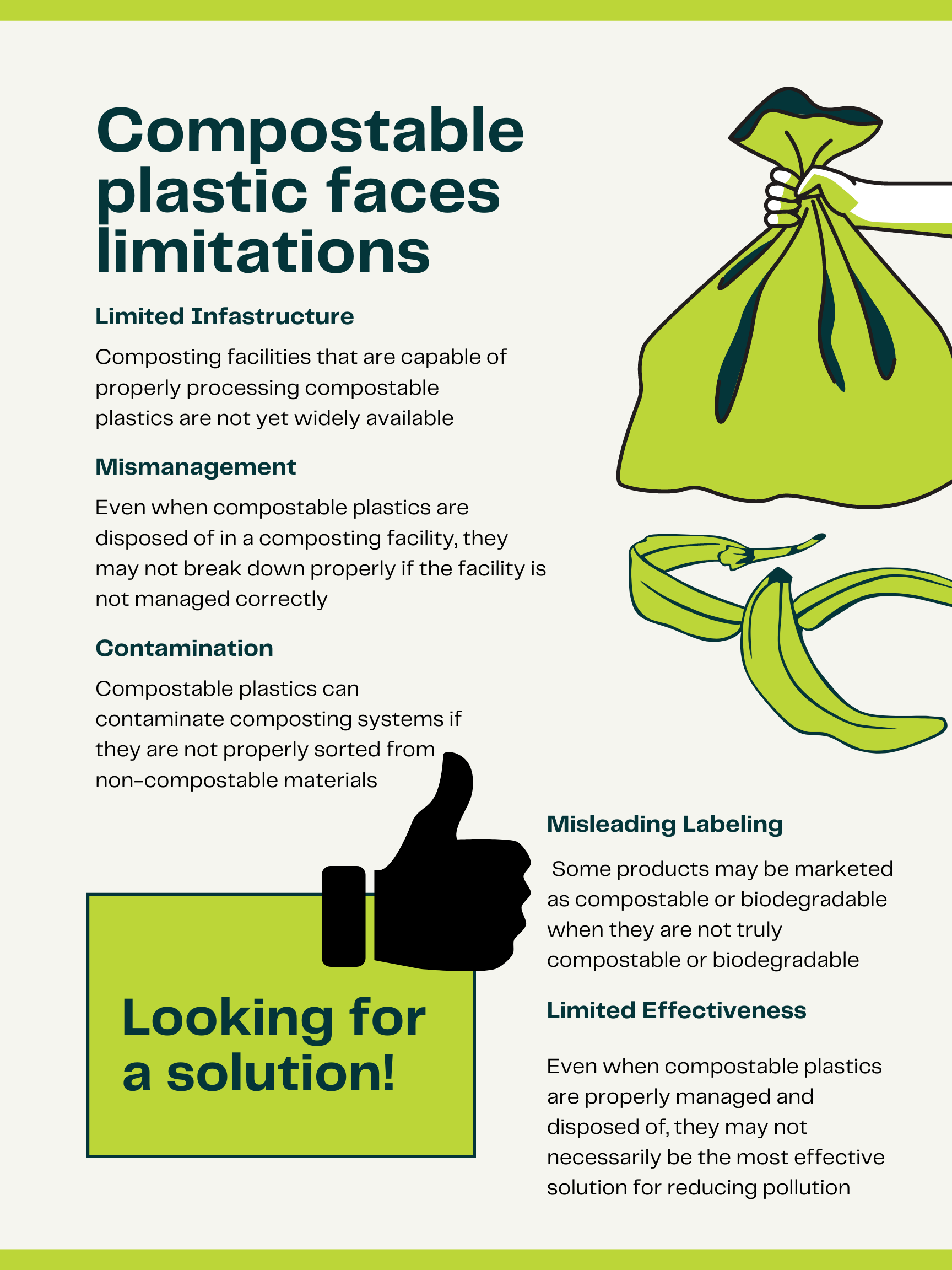
Limited availability of proper disposal for Compostable Plastics
One of the limitations of compostable plastics is their limited availability and disposal. Composting facilities that can properly process compostable plastics are not yet widely available, particularly in some regions of the world. This means that even if consumers want to dispose of compostable plastics properly, they may not have access to the necessary infrastructure.
Moreover, even when these plastics are disposed of properly, they may not necessarily be the most effective solution for reducing pollution overall. It’s important to remember that the most effective way to prevent plastic pollution in the environment is to reduce the amount of plastic waste that is generated in the first place and to ensure that plastic products are properly managed and disposed of in ways that minimize harm to the environment.
To address these challenges, it’s important to continue investing in developing and expanding composting facilities that meet relevant standards and regulations. Additionally, reducing the use of all types of single-use plastics, improving waste management infrastructure, and promoting recycling and composting of non-plastic materials are effective strategies to reduce pollution and move towards a more sustainable future. By properly managing compostable plastics and embracing a range of sustainable solutions, we can make progress in addressing the challenges of plastic waste and pollution.
There’s still hope
Despite the limitations of plastics, they can still be a step in the right direction toward a more sustainable future. We can help reduce waste and move towards a more sustainable future by utilizing composting facilities that meet relevant standards and regulations. Additionally, choosing compostable plastics that are certified to meet relevant standards and regulations and properly managing them to ensure that they are disposed of in a composting facility that meets these standards can further reduce the impact of plastic waste on the environment.
It’s important to remember that said plastics are just one piece of the puzzle when it comes to addressing the challenges of plastic waste and pollution. While these plastics can be a more sustainable alternative to traditional plastics, reducing the amount of plastic waste that is generated in the first place, improving waste management infrastructure, and promoting recycling and composting of non-plastic materials are also critical strategies to reduce pollution and moving towards a more sustainable future.
By embracing a range of sustainable solutions, including mentioned plastics, we can make progress in addressing the challenges of plastic waste and pollution and move towards a more sustainable and resilient future for all.
Compostable Plastics in summary
Compostable plastics have the potential to be a more sustainable alternative to traditional plastics, but they also have limitations that need to be considered. Compostable plastics require specific conditions to break down properly; not all compostable plastics are created equal. Additionally, the limited availability of composting facilities that meet relevant standards and regulations can hinder the proper disposal of compostable plastics.
Despite these limitations, compostable plastics can still be a step in the right direction toward a more sustainable future. By properly managing compostable plastics and utilizing composting facilities that meet relevant standards and regulations, we can help reduce waste and move towards a more sustainable future. However, it’s important to remember that compostable plastics are just one piece of the puzzle when it comes to addressing the challenges of plastic waste and pollution. Reducing the amount of plastic waste that is generated in the first place, improving waste management infrastructure, and promoting recycling and composting of non-plastic materials are also critical strategies to reduce pollution and move towards a more sustainable future.
By embracing a range of sustainable solutions, including compostable plastics, we can progress in addressing the challenges of plastic waste and pollution and move towards a more sustainable and resilient future for all. It’s up to each of us to play a role in reducing plastic waste and ensuring a healthier planet for generations to come.
What can we do for our planet?
The issue of plastic waste and pollution requires a collective effort from individuals, organizations, and governments to make a meaningful impact. As individuals, we can take steps to reduce our plastic consumption and properly manage plastic waste. This includes choosing products with minimal plastic packaging, using reusable bags and containers, and properly disposing of plastic waste.
We can also support businesses and organizations prioritizing sustainability and reducing plastic footprints. This includes choosing products made from compostable or biodegradable materials, supporting businesses that use minimal plastic packaging, and encouraging companies to invest in sustainable alternatives to plastic.
Additionally, we can advocate for government policies and regulations that promote sustainability and reduce plastic waste. This includes supporting initiatives to improve waste management infrastructure, promote recycling and composting of non-plastic materials, and incentivize businesses to adopt sustainable practices.
By working together and taking action, we can positively impact the environment and create a more sustainable future for all. So let’s commit to reduce our plastic consumption and properly manage plastic waste, and support sustainable alternatives to plastic.
JOIN OUR NEWSLETTER
References
Here are the references related to the limitations of compostable plastics that were used to compose this article:
- “The Trouble With Compostable Plastics,” The New York Times, 2019. https://www.nytimes.com/2019/06/27/climate/compostable-plastic.html
- “Compostable plastics: hope or hype?,” European Bioplastics, 2019. https://www.european-bioplastics.org/compostable-plastics-hope-or-hype/
- “Compostable Plastics: The Challenges,” BioCycle, 2018. https://www.biocycle.net/2018/06/07/compostable-plastics-challenges/
- ” Sorting Through the Hype,” Waste360, 2020. https://www.waste360.com/sustainability/compostable-plastics-sorting-through-hype
- “what you need to know,” Which?, 2019. https://www.which.co.uk/reviews/recycling/article/compostable-plastics-what-you-need-to-know-aDnqr3K8ejL5
These references provide insights on the benefits and limitations of compostable plastics, and highlight the need for proper management and disposal to ensure their sustainability.


